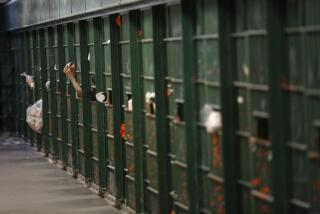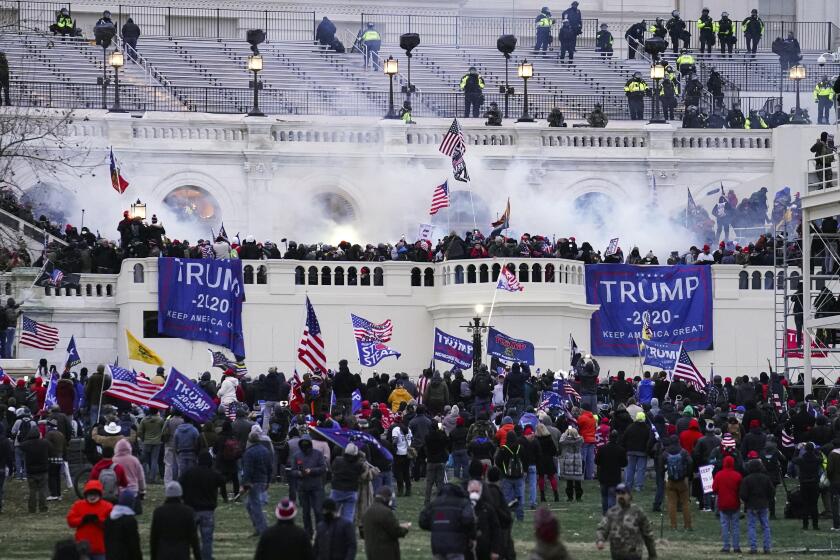Moving cocaine by the ton with hired hands to kill people: ‘El Chapo’ witness breaks down the drug trade

If not for his prison jumpsuit, ex-Sinaloa cartel deputy Jesus Zambada Garcia could have been mistaken for a Wharton MBA as he testified Wednesday about the import and export business he ran for years under Mexican drug kingpin Joaquin “El Chapo” Guzman.
Guzman appeared to listen intently as his former employee, the brother of his longtime partner and purported successor Ismael “El Mayo” Zambada, described how he would move as much as 100 tons of cocaine with brand names like Queen, Sapphire, Pac-Man and Coca-Cola through his Mexico City “bodegas” to the United States, where a single kilo could turn a $13,000 profit in Los Angeles and as much as $26,000 in New York City. He detailed the cartel’s corporate structure, its vast naval and terrestrial capabilities, and its various transportation schemes across the first two hours of his testimony.
“The objective of the business is to control the market and the prices for the product the cartel manages,” Garcia told the court. “The main products the cartel manages are cocaine, marijuana, heroin and methamphetamine.”
Garcia is the first of dozens of cooperating witnesses who are expected to testify for the government. In the language of the boardroom, he was a regional manager, one tier below his brother and Guzman, and a tier above the cartel’s vast army of workers — “sicarios, transporters, pilots, engineers, drivers and security guards,” he said.
“They kill people,” Garcia replied when asked what sicarios do. “They kill enemies.”
As part of his job, he also received shipments of Colombian cocaine in Cancun, where he used human chains that stretched into the sea to unload tons of cocaine from boats to trucks waiting on shore. Other “subleaders” ran uniform operations up and down the Mexican coast, Garcia testified, so that Colombian traffickers could drop their drugs anywhere and be assured the Sinaloa cartel could receive and process them speedily.
Garcia said he met Guzman while helping organize his escape from prison in 2001, and that they last spoke by phone shortly before Garcia’s arrest in 2008. He described Guzman as his brother’s business partner, and called their operation a 50-50 split.
“He told me they agreed to work together and they were going to establish a partnership, half and half,” Garcia said of his brother’s arrangement with the defendant.

Defense attorneys, though, contend that Zambada has been the boss all along, and that Guzman’s prosecution is a cynical “frame up” by the U.S. and Mexican governments.
But the federal judge hearing the case quickly roped in the defense.
“The government’s motives are not on trial here,” Judge Brian Cogan warned defense attorney Jeffrey Lichtman. “Your opening statement handed out promissory notes it’s not going to be able to cash.”
The prosecution was even more forceful, asking the court to instruct jurors to disregard Lichtman’s entire opening statement.
Though Cogan chided Lichtman for his “hyperbolic” claims about the American justice system, he declined federal prosecutors’ “radical” request to strike the defense attorney’s half-finished opening statement. Instead, he gave jurors a set of unusual and detailed instructions about how they should interpret what they had heard the previous day.
“There were some references in Mr. Lichtman’s opening to certain conduct of the government that might be considered outrageous,” he told the jury. “The conduct of the government is for me to decide, not you.”
With just 10 minutes to rewrite his statement, Lichtman took aim at the government’s collaborating witnesses, insinuating that most would walk free at the end of the trial. In a move that seemed out of step with the immigrant and minority-heavy New York jury, he warned that “they come to America, they don’t suddenly become human and American and respect the law.”
Among the foreign villains he sketched were one man with a 4-gram-a-day cocaine habit — “that’s four frat parties on a Saturday night in the ’80s” — and another who sought drug smuggling advice from his mom. A third had allegedly paid off the president of Honduras.
“These men need to cooperate against one man to get out of jail — ‘El Chapo’ Guzman,” Lichtman said, repeating, “He’ll be free among you soon,” after each name.
Guzman sat mostly impassive in his lavender shirt and royal purple tie, even as Lichtman went on to paint his high-profile client as broke, grandiose and a reckless chaser of fame.
“For better or worse, he enjoyed the notoriety,” Lichtman said.
Guzman’s former beauty queen wife herself seemed to relish the limelight of court, appearing with an entourage of supporters in a blue velour blazer, tight black pants and black stilettos. Guzman looked at her between conferences with the court interpreter.
Sharp is a special correspondent.
UPDATES:
3:55 p.m.: This article was updated with testimony from Jesus Zambada Garcia, a onetime deputy in the Sinaloa cartel.
This article was originally published at 9:40 a.m.
More to Read
Start your day right
Sign up for Essential California for news, features and recommendations from the L.A. Times and beyond in your inbox six days a week.
You may occasionally receive promotional content from the Los Angeles Times.






